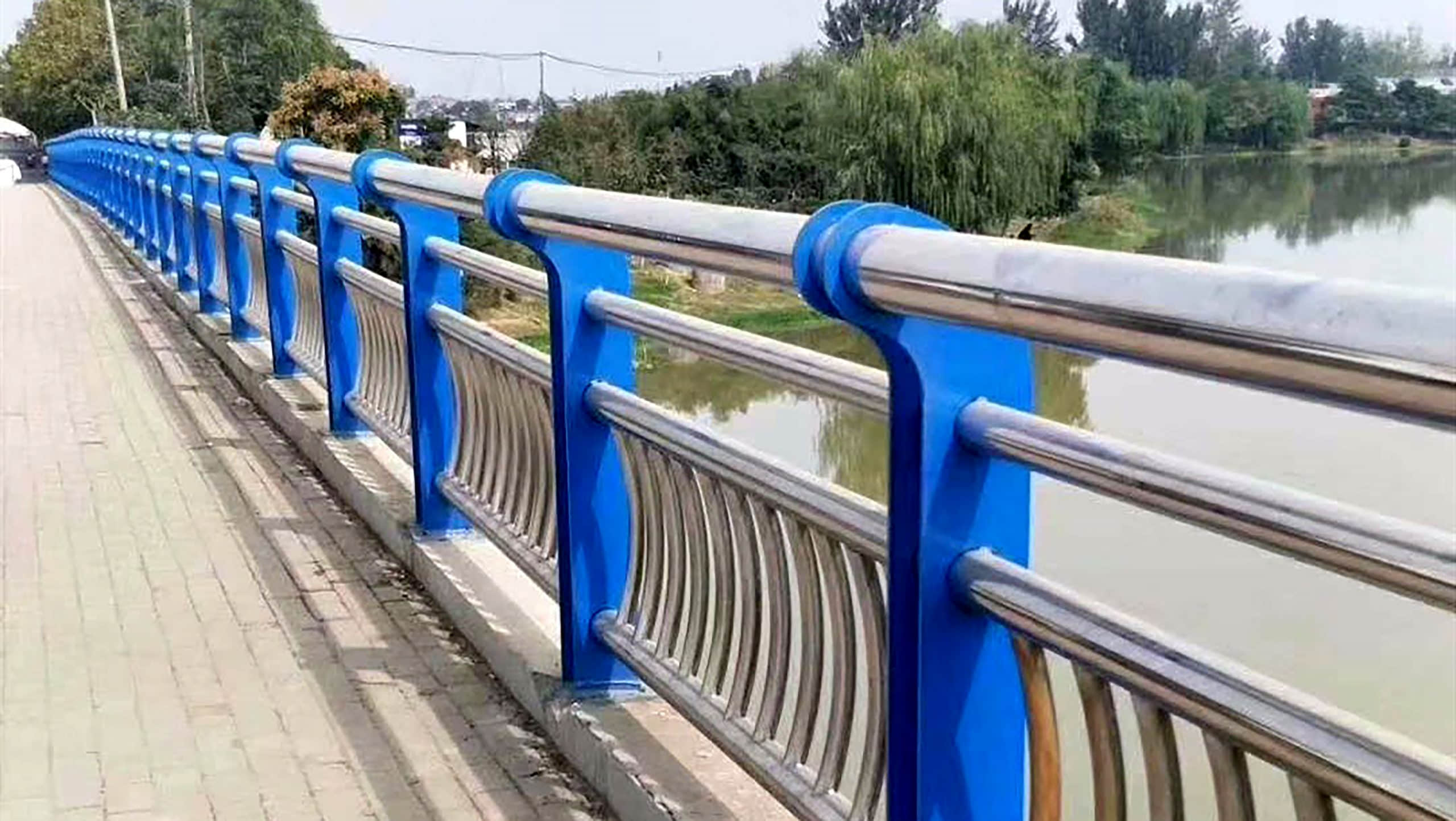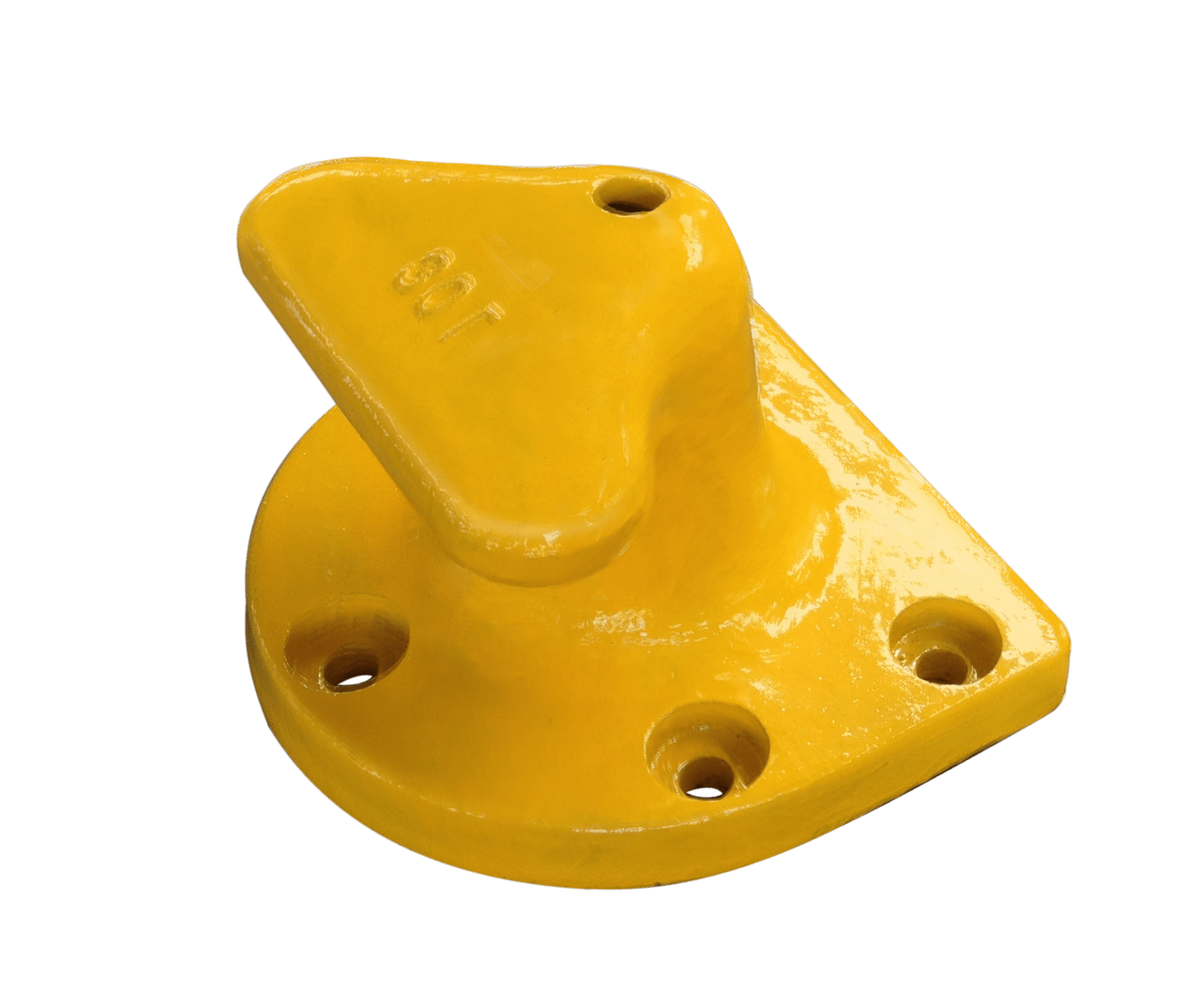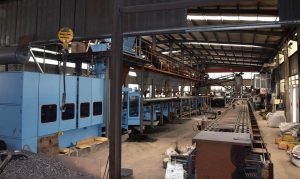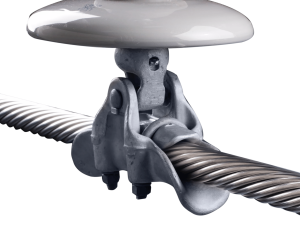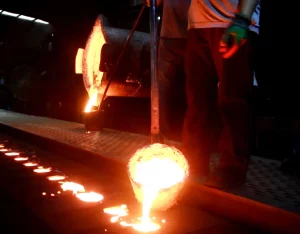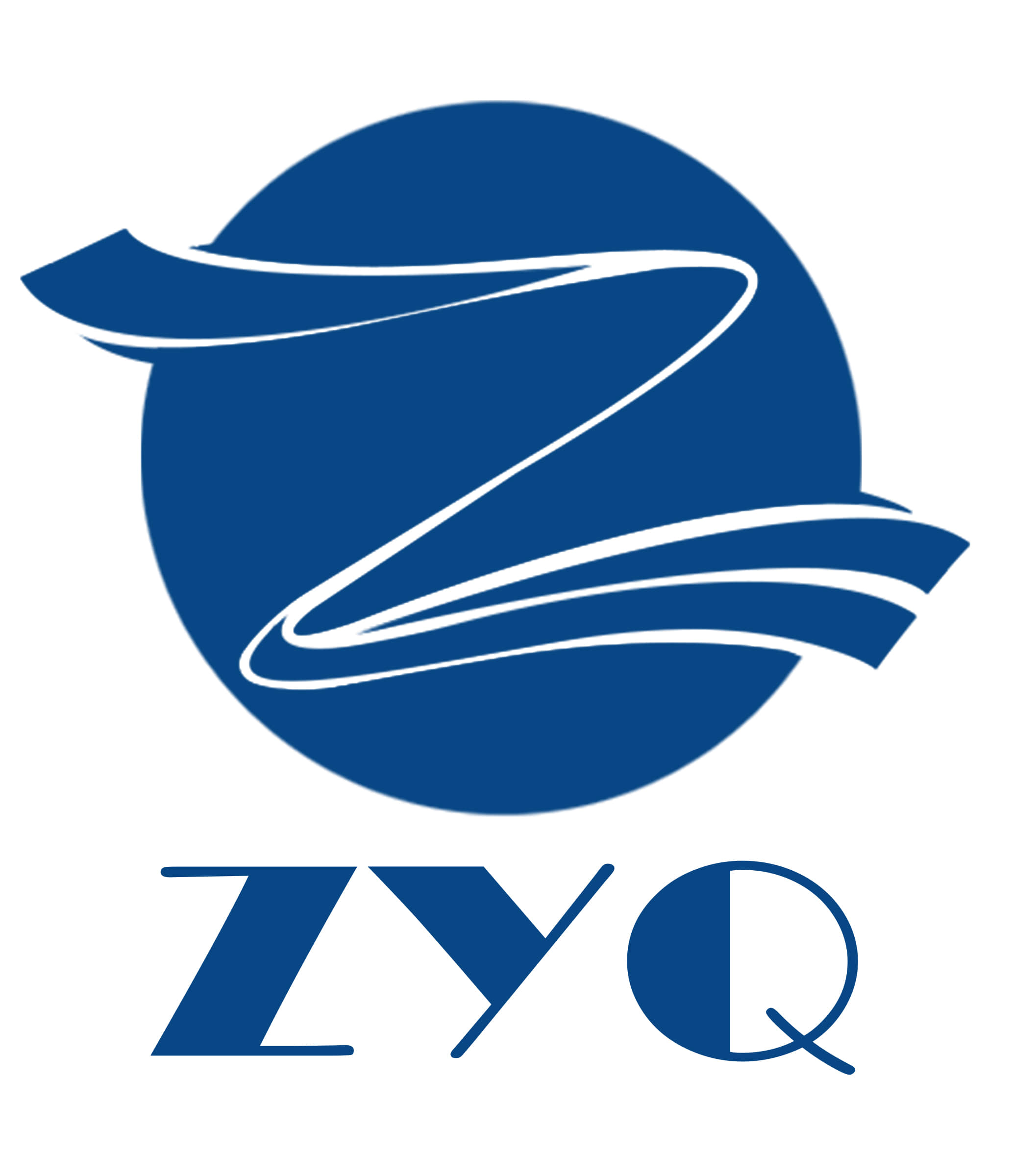Guardrail brackets are an essential component of road safety. They are designed to provide a barrier between vehicles and obstacles, such as trees, buildings, and other vehicles. Guardrail brackets are typically made of steel and are installed along the sides of roads and highways to prevent vehicles from veering off the road and causing accidents.
Guardrail brackets are one of the main supporting safety devices of guardrails. They are installed at the dangerous corner of the slope and the dangerous section of the road to ensure the safety of the driver and passengers. Guardrail brackets are usually made of high-strength aluminum alloy or stainless steel or iron, and are installed on the roadside to support and fix the guardrail. The bracket is installed on the surface of the road or embedded in the ground, and is fixed by screws or anchor bolts. The bracket is usually
Guardrail brackets are an important component of road safety because they help to prevent accidents. When a vehicle collides with a guardrail, the guardrail absorbs the impact of the collision, reducing the severity of the accident. Without guardrail brackets, the guardrail would not be able to withstand the impact of a collision, and the vehicle could potentially veer off the road and cause a more serious accident.
There are several types of guardrail brackets, each designed for a specific purpose. The most common types of guardrail brackets include:
1. Standard Guardrail Bracket – This is the most common type of guardrail bracket and is used to attach a guardrail to a post or other support structure.
2. End Terminal Guardrail Bracket – This type of bracket is used at the end of a guardrail to provide a smooth transition between the guardrail and the end of the road.
3. Bridge Rail Bracket – This type of bracket is used to attach a guardrail to a bridge rail.
4. Median Barrier Bracket – This type of bracket is used to attach a guardrail to a median barrier.
5. Cable Barrier Bracket – This type of bracket is used to attach a guardrail to a cable barrier.
The material of cast iron fence support is using cast iron with carbon content of 2.5% ~ 3.5% , which also contains 1% ~ 3% silicon, as well as manganese, phosphorus, sulfur, nickel, chromium, molybdenum, aluminum, copper, boron, vanadium and other elements, after high-temperature melting into iron, secondary high-temperature melting and casting to form ductile iron. The graphite of ductile iron is spherical. The graphite precipitated from the spheroidized gray cast iron is spherical, which is called nodular iron for short. Carbon is present wholly or largely in a free form of spherical graphite, and therefore breaks into a silver-gray, sand-molded, cast, semi-finished, sandblasted, spray-painted cast steel products, with the corresponding heat-resistant, wear-resistant, resistant strength. The bridge guardrail support has the advantages of bright color, external lubrication, strong corrosion resistance, non-fading, non-cracking, non-brittle and so on. It has become highly decorative, the use of a wide range of guardrails, in the road and beautification played an important role.
Comparison of cast aluminum guardrails and iron. Anticorrosion ability is different: aluminum balustrades do not rust, do not change color, corrosion resistance is strong; iron balustrades are easy to rust in the open air. Different weight: aluminum balustrades are thick and heavy; iron balustrades are light and flexible. Different prices: aluminum balustrades are more expensive.
For Guardrail bracket,we most produced are with paint or powder coating on the surface to protect.This way can avoid rust and save cost for customer.Blue color paint is much more regular during projects. Each color we used is accoding customer’s request.






